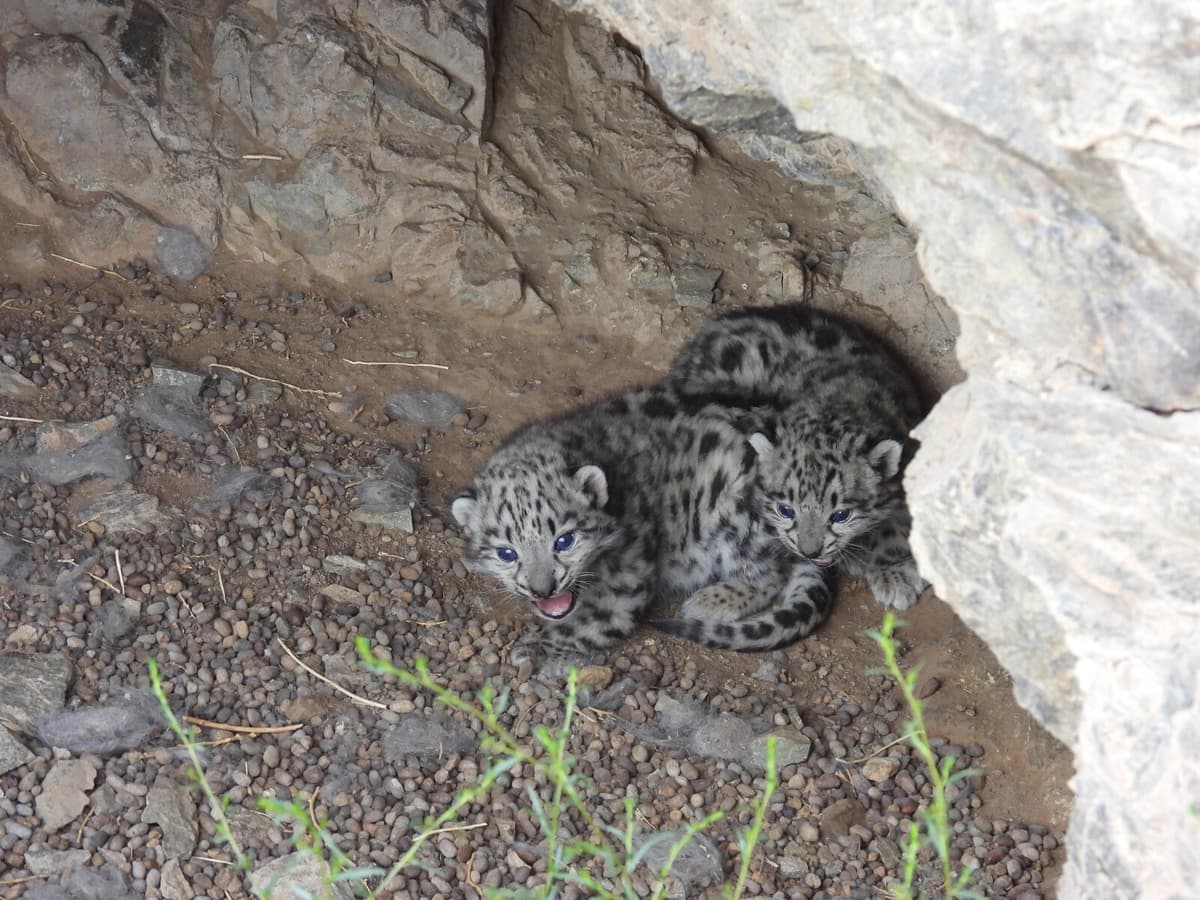It is all part of a long-term study that has been ongoing since 2008. During that period, a total of seven dens have been found, including the two discovered this year.
It sounds like a meager result, but the fact is that these are the only dens that have been found and visited anywhere in the world. When the cubs were visited, they were three weeks old.
It's fantastic. Few people have experienced anything similar, says Örjan Johansson, associate professor and researcher at the Swedish University of Agricultural Sciences.
Surprises
He has studied snow leopards in Mongolia for 17 years and knows more about the species than perhaps anyone else. But the mysterious cats still offer surprises.
On average, they seem to have only two cubs, which is fewer than the other large cat species. The cubs also follow their mother for an unusually long time, 20 to 22 months, almost two years, he says.
But the most remarkable thing is that the mortality rate among the small cubs is so low. We do not yet know how the cubs from this year's two litters will fare, but the cubs from the previous five litters all survived until they were six months old. Among other large cat species, mortality is high during the first six months. In ordinary leopards, mortality can exceed 50 percent.
Strong population
For researchers, this is valuable information, there is nothing published on how many cubs snow leopards have and how many survive.
He notes that the species is doing fairly well in Mongolia. There are 800 to 1,000 snow leopards in the country, which is the second-highest population in the world after China.
They are not popular among people who keep livestock, and some poaching occurs, but so far it has not been at a level that threatens the species. Normally, they live on wild ungulates, mainly ibex.
The country has changed a lot since I first got there. Many mines have been opened and the roads and railways have increased. The climate also seems to be changing. Three years ago, there was an extreme drought, but last year and this year it has rained a lot. Fortunately, it has not yet affected the snow leopards' prey.
The snow leopard (Panthera uncia) belongs to the same genus as four of the other large cat species; tiger, jaguar, leopard, and lion. The total population consists of 4,000 to 6,500 individuals, distributed across twelve countries in Central Asia. It is adapted to a life in mountainous terrain where it lives on wild ungulates, mainly wild goats and sheep. On the international red list, it is classified as vulnerable.






